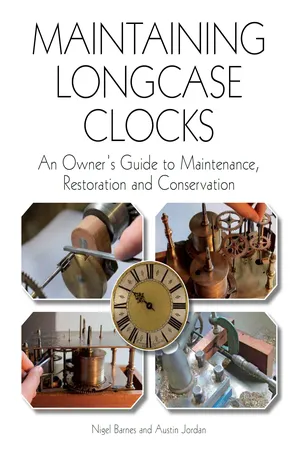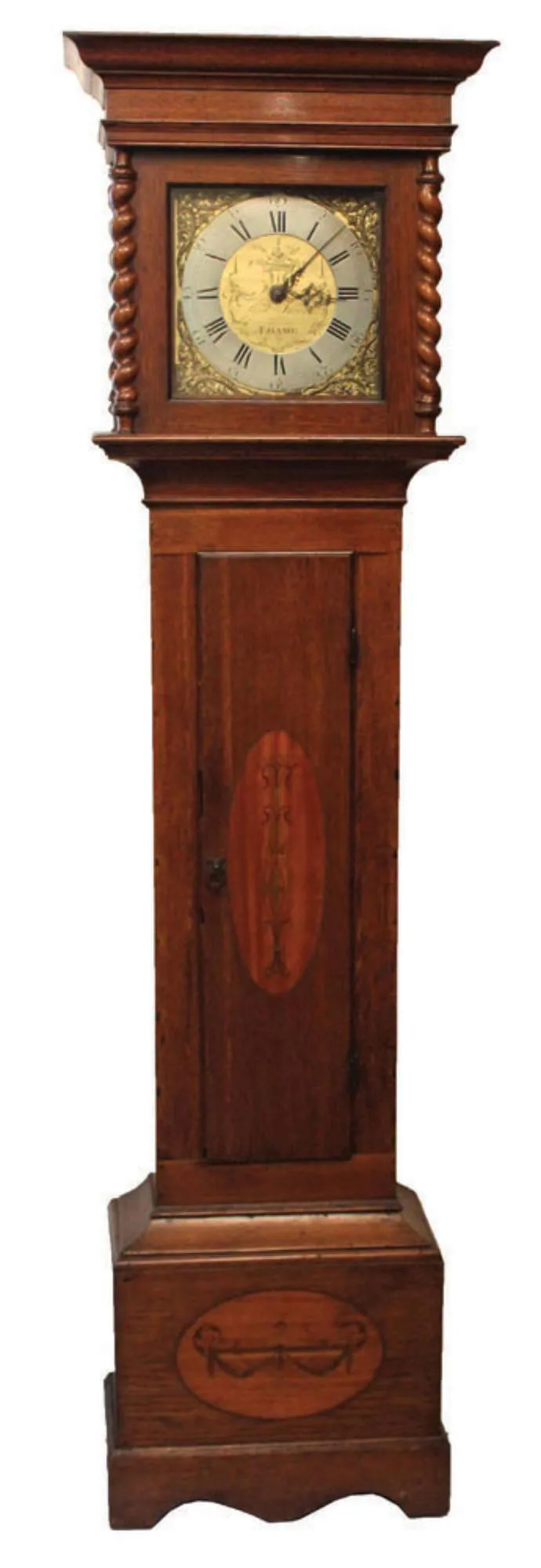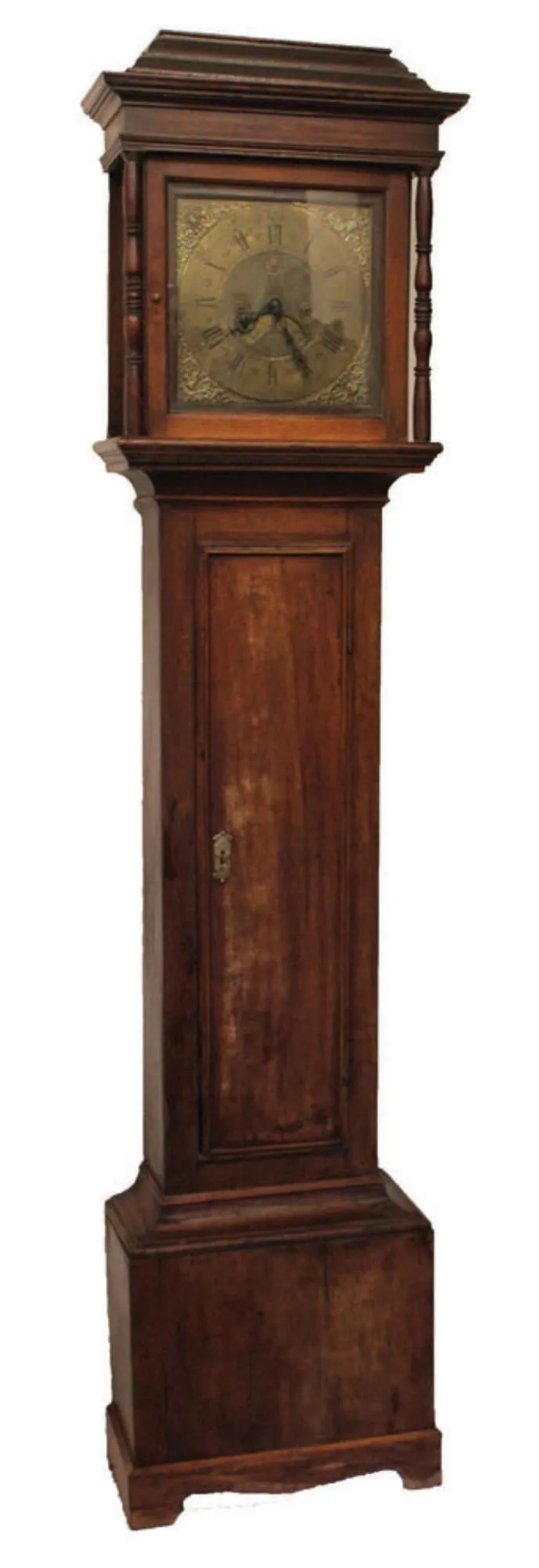
Maintaining Longcase Clocks
An Owner's Guide to Maintenance, Restoration and Conservation
- 192 pages
- English
- ePUB (mobile friendly)
- Available on iOS & Android
Maintaining Longcase Clocks
An Owner's Guide to Maintenance, Restoration and Conservation
About this book
Longcase clocks were invidually hand-made during the golden age of change that took place between the late seventeenth and mid-nineteenth centuries. Longcase clocks with their seventeenth century clock-making technology were innovative and incorporated an accurate pendulum clock within an attractive piece of domestic furnishing. This invaluable book is essential reading for all those who own and collect longcase clocks as well as clock repairers, horologists and conservationists. The authors provide detailed information about how longcase clocks work and how they are made. They also cover the theory and the 'best practice' practical steps that are required in longcase clock maintenance, restoration and conservation. The book outlines the history and horological development of longcase clocks; describes how longcase clocks can be dated; considers materials, tools and equipment; examines the movement and the associated simple, and more difficult, workshop procedures; covers maintenance and effective repairs; explains the more difficult woodwork procedures. Superbly illustrated with 300 colour photographs. Nigel Barnes and Austin Jordan provide advice and guidance in the field of antique horology and regularly run weekend courses.
Frequently asked questions
- Essential is ideal for learners and professionals who enjoy exploring a wide range of subjects. Access the Essential Library with 800,000+ trusted titles and best-sellers across business, personal growth, and the humanities. Includes unlimited reading time and Standard Read Aloud voice.
- Complete: Perfect for advanced learners and researchers needing full, unrestricted access. Unlock 1.4M+ books across hundreds of subjects, including academic and specialized titles. The Complete Plan also includes advanced features like Premium Read Aloud and Research Assistant.
Please note we cannot support devices running on iOS 13 and Android 7 or earlier. Learn more about using the app.
Information
Chapter 1 A Short Introduction to Longcase Clocks

- Repair means a purely functional mending process intended to return a clock to working order without any particular consideration of the clock as it was when first made.
- Restoration means returning a clock to its supposed original state sympathetically, using the same style of craftsmanship and materials. An element of heritage value is implied.
- Conservation – unlike museums, private owners of historical clocks generally prefer to have them working rather than in a state of suspended silence, preserved for all time, so the concept of conservation often presents conflicts and difficulties for both owners and conservators. Essentially, conservation means preserving original parts in their original context or relationship, and if some are missing or beyond use, any replacement parts should only be introduced to make sense of the original, with no attempt to mimic what was once there. Likewise, with case-work, new work should only be introduced into a clock-case in order to stabilize and preserve the structure. New work should be clearly identifiable, with no attempt to make new parts that might be mistaken for original. Conservation work should be carefully recorded with illustrated descriptions of the clock and all the work including evidence of previous work or alterations



Table of contents
- Maintaining Longcase Clocks
- Contents
- Preface
- Chapter 1 A Short Introduction to Longcase Clocks
- Chapter 2 Dating Clocks
- Chapter 3 Materials, Tools and Equipment
- Chapter 4 Clock Maintenance
- Chapter 5 The Movement – Some Simple Workshop Procedures
- Chapter 6 More Difficult Movement Procedures
- Chapter 7 The Most Difficult Workshop Procedures
- Chapter 8 Case-Work – Maintenance and Simple but Effective Repairs
- Chapter 9 More difficult Woodwork procedures
- Glossary
- Bibliography
- Index